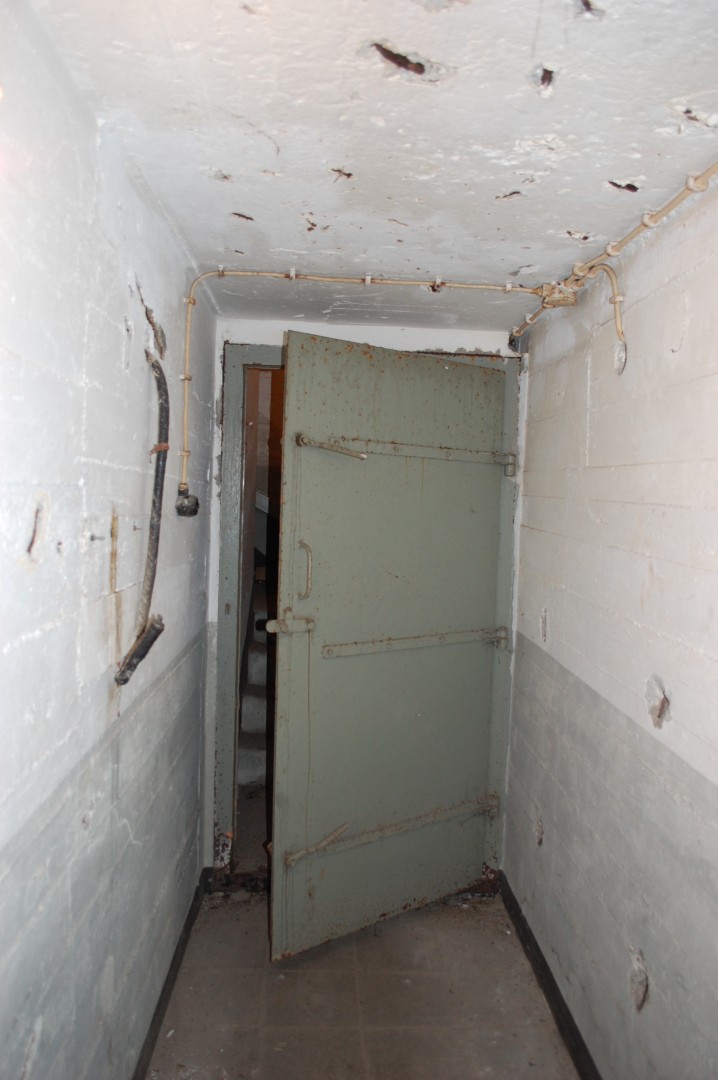At the Kop van Haven, where today a seafood restaurant stands, a heavy bunker once occupied the site. Both the Dutch army and, later, the Nazi German army built a variety of defensive works here.
In the period before World War II, the Dutch army constructed primitive fortifications on the “Kop.” These defenses aimed to protect the sluices. The artillery was positioned to cover the southern access channel along Forteiland, bringing it under fire if necessary.
After the Nazi occupation in May 1940, the Wehrmacht also recognized the strategic importance of this location. German infantry expanded the Kop van Haven into a heavily fortified position. On the site where the restaurant now stands, a German gun bunker remained until about ten years ago. Inside the bunker, a 4.7 cm Festungpak was kept ready to fire. Any ships entering its range had virtually no chance of survival.
Behind the “Kleine Sluis,” the Loswal served as the entrance to an underground hospital. This facility provided initial treatment for wounded soldiers before they were transported to larger hospitals within the Festung.
Many of the wounded came from Schnellboote, fast attack boats that were lightly armored. Engagements with English motor torpedo boats on the North Sea often resulted in casualties.
At the end of the war, the Loswal was used to launch one of the Kriegsmarine’s secret weapons, the Seehund.
Along Kanaalstraat, east of the Loswal, a reinforced concrete shelter is hidden in the embankment. Both entrances of this bombproof bunker are visible, though it lies several meters underground. It offered safe refuge during air raids.
The sluices and the nearby power station (now Wite Theater) were regular targets of Allied bombers operating over IJmuiden.
Both bunkers remain in good condition but are not open to the public.
Next to the gas station on IJmuiderstraatweg, there is a position for a 5 cm anti-tank gun. This gun was arranged to fire across the canal in both directions (west and east).
Besides defending the North Sea Canal, this position also protected a nearby heavily fortified communications hub, which served as a critical relay point for telephone lines used to transmit wartime orders.
The gun emplacement for the 5 cm KwK still exists today and has been repurposed as a beautiful flowerbed.
